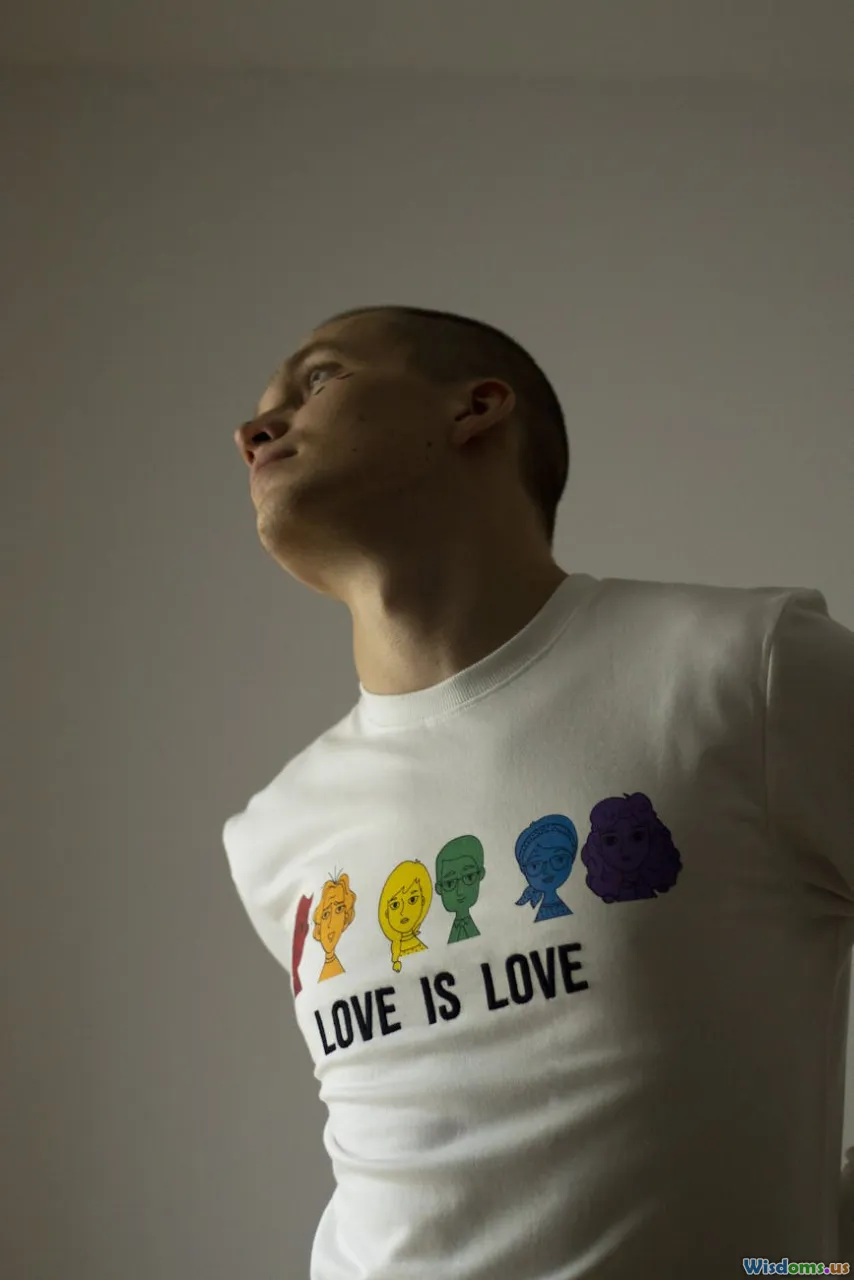
Behind the Rise of Gender Neutral Clothing Brands in Recent Years
8 min read Explore the cultural and market forces powering the rise of gender neutral clothing brands in recent years. (0 Reviews)
Behind the Rise of Gender Neutral Clothing Brands in Recent Years
In recent years, the fashion landscape has experienced a profound shift that goes beyond trends — it's a cultural movement reshaping how we think about identity and self-expression. Gender neutral clothing brands have surged to prominence, challenging traditional norms and revolutionizing the way people dress and how they define themselves through fashion. But what exactly fuels this rise? This article dives deep into the social, cultural, and economic forces behind the burgeoning world of gender neutral apparel, illustrating why this is more than just a passing fad.
Understanding Gender Neutral Fashion
Gender neutral clothing, often also called unisex or gender-fluid apparel, refers to designs created without a specific gender binary in mind. Unlike traditional menswear or womenswear that caters to socially constructed gender roles with distinct silhouettes, colors, and fits, gender neutral fashion prioritizes inclusivity, comfort, and self-expression for any individual regardless of gender identity.
This approach disrupts long-standing dichotomies in fashion that dictate what is “appropriate” for men versus women — and increasingly rejects the pressure to fit into these predefined slots. Instead, it promotes garments that anyone can wear.
Social Shifts Fueling Demand
Progressive Views on Gender Identity
One of the most pivotal aspects driving the popularity of gender neutral brands is the growing understanding and acceptance of gender as a spectrum rather than a binary. According to a 2021 Pew Research Center survey, 46% of young adults in the U.S. recognize multiple gender identities beyond male and female. This increased awareness has created demand for fashion that aligns with a fluid conception of identity.
Prominent advocates, celebrities, and influencers who openly discuss non-binary identities have propelled visibility. For example, actor and singer Ezra Miller prominently wears gender neutral fashion, normalizing the style in mainstream culture.
Focus on Inclusivity and Diversity
Consumers today increasingly prioritize ethical values and social progress. Gender neutral clothing fits neatly within this demand for inclusivity. By catering to all gender identities, brands make a conscious statement against exclusion.
The 2023 report from McKinsey & Company on the fashion industry highlights that 67% of Gen Z shoppers prefer brands that promote social justice themes, signaling that inclusivity is not just socially conscious but commercially savvy.
Economic and Market Trends
Expansion of the Target Market
From a business standpoint, gender neutral fashion opens opportunities by widening the customer base. Rather than segmenting the market strictly by gender, brands create versatile pieces appealing across demographics, simplifying production and inventory.
Brands such as Telfar, known as “the Gucci for all,” have leveraged this approach brilliantly. Telfar’s unisex bags and apparel have attracted a broad audience, contributing to the brand’s cult-like following and commercial success.
Fast Fashion to Sustainable Alternatives
Fast fashion’s environmental impact has spurred consumer demand for more mindful choices. Gender neutral designs can inherently promote sustainability by encouraging longer use and reducing trends tied to gendered fashion cycles.
Brands like Patagonia and EILEEN FISHER have incorporated gender neutral lines while emphasizing sustainable, eco-conscious production processes — appealing to conscious buyers looking for ethical, timeless pieces.
Design Philosophy and Innovation
Breaking Away From Traditional Norms
Designers approach gender neutral fashion with a blend of minimalism and creativity, often focusing on comfort, fluid shapes, and adaptability. This break from rigid traditional tailoring reflects a shift away from gendered silhouettes.
For example, the Copenhagen-based brand Ganni embraces loose fits, unisex prints, and versatile layering, resonating widely with younger consumers. Moreover, the choice of neutral colors over stereotypically gendered palettes (like pink for women, blue for men) is intentional to promote neutrality.
Technology and Customization
Technology plays a role in the rise of gender neutral fashion. E-commerce platforms use AI-driven personalization to suggest styles that appeal to individual preferences rather than stereotypical gender categories. 3D scanning and made-to-measure innovations help deliver gender inclusive fit options that enhance comfort and style.
Challenges and Criticisms
Navigating Market Expectations
Despite growth, gender neutral brands face hurdles such as market resistance rooted in deeply entrenched gender norms. Some consumers still expect distinctly gendered clothing, and certain brands struggle to balance mainstream appeal with their inclusive ethos.
Pricing and Accessibility
Many leading gender neutral brands position themselves at premium price points, which can limit accessibility for a broader market. Bridging the affordability gap remains an ongoing challenge within the movement.
Global Impact and Future Outlook
Gender neutral clothing is no longer confined to Western fashion capitals; it’s a worldwide phenomenon. For instance, Japan’s fashion scene embraces gender fluidity through avant-garde designers like Ken Kagami, while India’s fashion industry is beginning to incorporate unisex collections amidst evolving social attitudes.
Looking ahead, the blending of gender lines in clothing seems poised to deepen. As younger generations prioritize authenticity and inclusion, the demand for gender neutral apparel is expected to grow, encouraging innovation and diversity in fashion offerings.
Conclusion
The rise of gender neutral clothing brands reflects a transformative cultural moment where fashion becomes a platform for self-expression beyond traditional gender binaries. Driven by progressive social attitudes, economic strategy, and creative innovation, gender neutral fashion challenges stereotypes and celebrates individuality.
As this movement gains momentum globally, it not only democratizes fashion but also fosters conversations about identity, equality, and sustainability. Whether you are a fashion enthusiast, a conscious consumer, or someone questioning traditional norms, the gender neutral revolution invites us all to rethink what clothes truly represent.
Embracing clothing that transcends gender might just be the next great leap in the evolution of fashion—and ultimately, society itself.
Rate the Post
User Reviews
Popular Posts




















